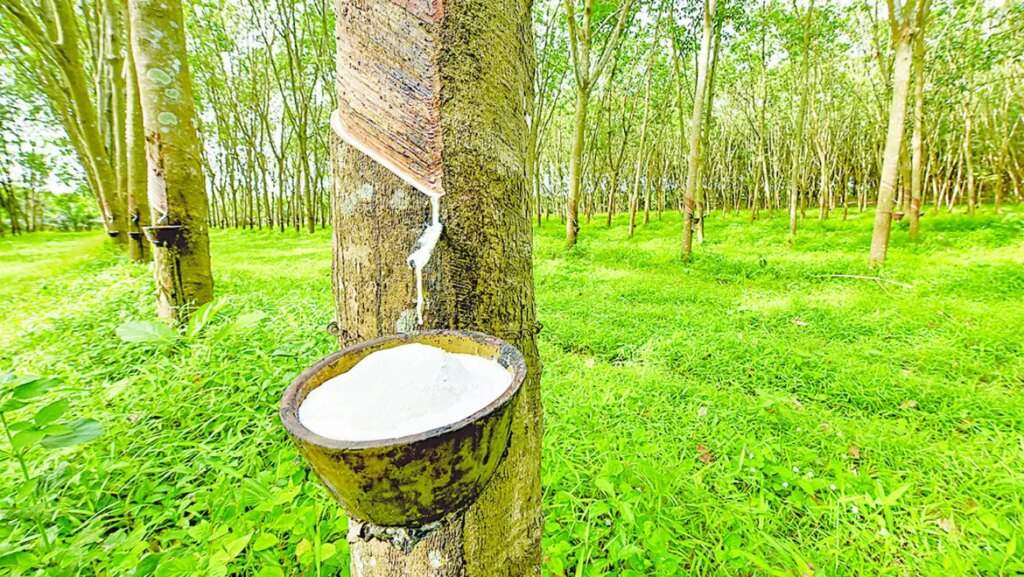Rubber Tree Cultivation: A Key to Conservation and Sustainable Agriculture
Rev. Inameti Umoh, Chairman of the National Rubber Producers, Processors, and Marketers Association of Nigeria (NARPPMAN) in Cross River State, has called on governments and international development agencies to invest in rubber tree cultivation to conserve the ecosystem and promote sustainable agriculture. The call was made during the Cross River State Rubber Week, which focused on the theme "The Place of Rubber in Regeneration of Degraded Land for Restoration of Ecosystems."
Umoh emphasized that the time to invest in rubber tree cultivation is now, as it reduces the carbon footprint and has numerous benefits for the environment. He explained that the natural rubber tree converts greenhouse gases into a hydrocarbon, delivering it in commercially viable quantities almost daily. Additionally, the tree returns carbohydrates produced over a 30-year period as medium-density hardwood.
According to Umoh, the rubber tree’s ability to fix carbon dioxide (CO2) into a hydrocarbon on a daily basis makes it a natural solar panel that traps sun energy and propagates chemical reactions. Each rubber tree can function as a tap, working 150 days a year to clean up the environment, unlike other plant-based options.
Umoh highlighted the importance of rubber tree cultivation in the Niger Delta region, where authorities should extend funding for the cause. He emphasized that planting rubber trees will contribute to biodiversity conservation, restoration of sustainable, climate-smart, and inclusive agriculture.
The benefits of growing rubber trees extend beyond the environment. The trees provide 14 million metric tons of natural rubber (NR) consumed annually worldwide and can extract 24.9 km of CO2 greenhouse gas to produce one. Rubber farmers also play a crucial role in extracting latex used to manufacture assorted rubber-based items.
Umoh’s call to action underscores the significance of rubber tree cultivation in addressing the challenges of climate change and promoting sustainable agriculture. As the world continues to grapple with the consequences of environmental degradation, the potential of rubber trees to mitigate greenhouse gas emissions and promote ecosystem restoration cannot be overstated.
